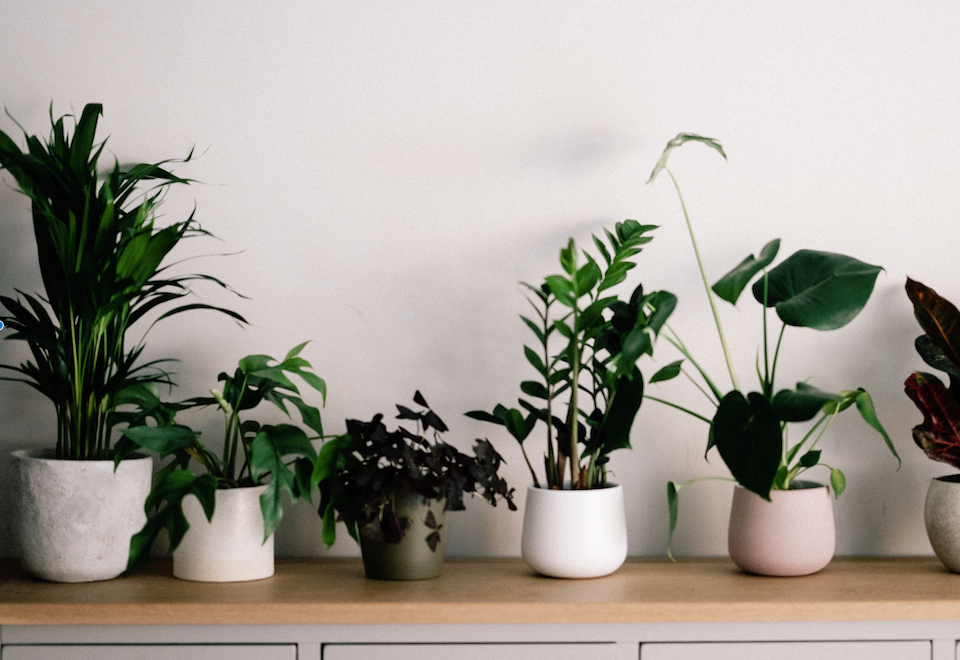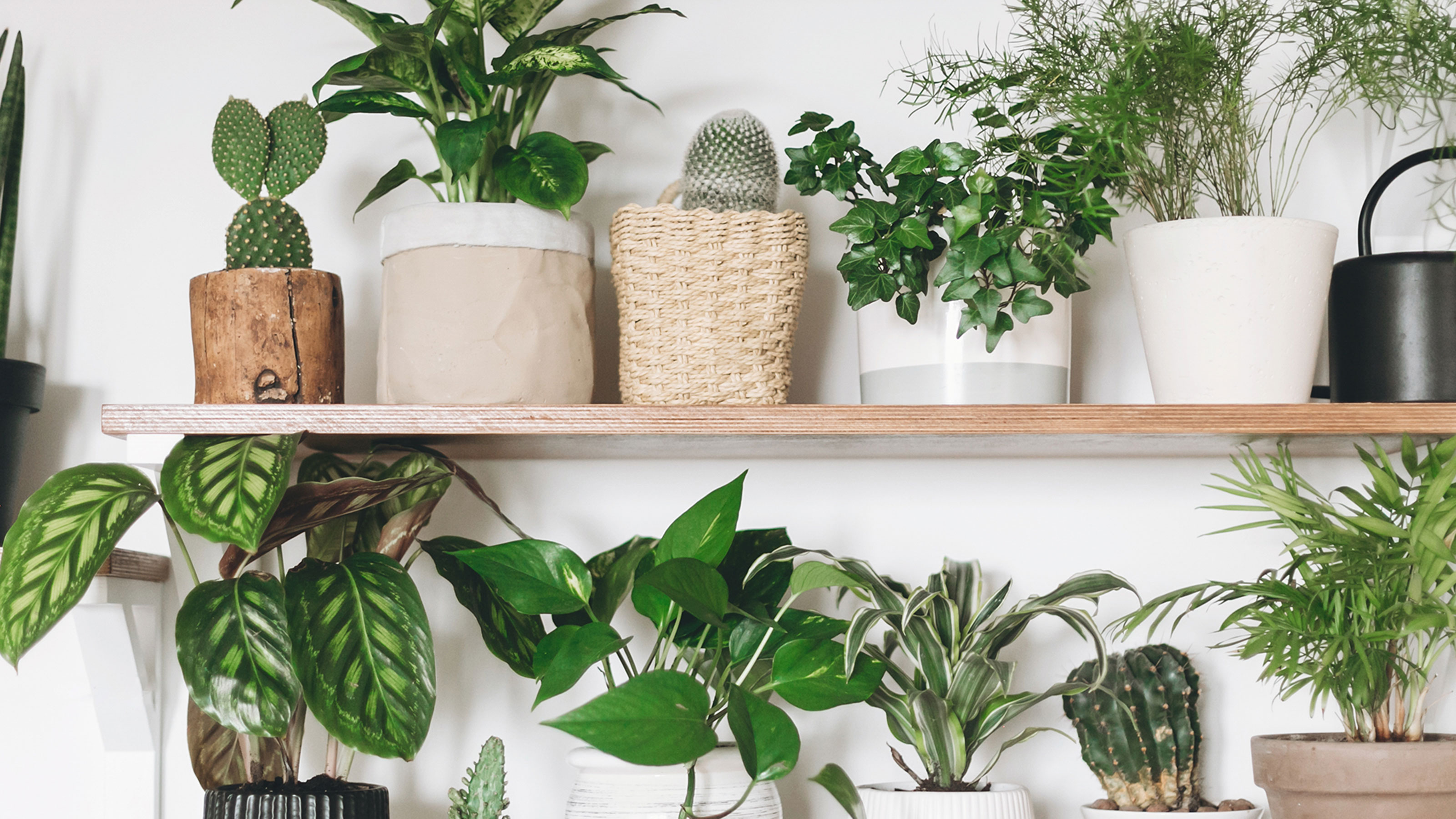Top Picks for the Best Low-Light Indoor Plants to Brighten Your Room
Top Picks for the Best Low-Light Indoor Plants to Brighten Your Room
Blog Article
Transform Your Home With Beautiful Low-Light Indoor Plants and Their Benefits
Including low-light interior plants into your home can dramatically enhance both the visual and ecological top quality of your home. These plants, which flourish in dark problems, offer not only as ornamental elements yet also as all-natural air purifiers, making them perfect for urban dwellers or those with minimal sunshine exposure. As we explore the different kinds of low-light plants and their advantages, you might discover surprising methods to incorporate them into your home that can transform your environments in methods you may not have actually expected.
Advantages of Low-Light Plants
Low-light plants supply numerous advantages for indoor atmospheres, making them an outstanding choice for both newbie and experienced garden enthusiasts. Among the key advantages is their adaptability to low-light problems, enabling individuals to enhance their space without the demand for substantial sunlight direct exposure. This characteristic makes them optimal for apartments, offices, and other areas with minimal natural light.
:max_bytes(150000):strip_icc()/low-light-houseplants-asparagus-fern-getty-1123-74a20afe3f9249ce947a337e497b84ec.jpg)
In addition, including low-light plants into home décor can raise the visual charm of an area. Their lush foliage and differed appearances develop a soothing environment, adding to overall well-being. Lastly, the presence of plant has been connected to lowered tension degrees and boosted productivity, making low-light plants a functional option for enhancing both physical and psychological health in indoor settings.
Leading Low-Light Indoor Plants
While numerous indoor plants flourish in intense light, a number of species are specifically appropriate for low-light conditions, making them optimal for different indoor rooms. One preferred option is the Snake Plant (Sansevieria), recognized for its striking upright leaves and resilience, calling for marginal care. One more superb alternative is the Pothos (Epipremnum aureum), which includes heart-shaped leaves and can trail magnificently from hangers or shelves, growing in reduced light and adding a rich touch.
The ZZ Plant (Zamioculcas zamiifolia) is celebrated for its shiny fallen leaves and ability to stand up to neglect, making it excellent for active way of lives. The Tranquility Lily (Spathiphyllum) not just tolerates low light yet likewise creates sensational white blooms, enhancing any type of room's aesthetic.
For a distinct touch, consider the Cast Iron Plant (Aspidistra elatior), which certainly measures up to its name, thriving in the darkest edges of your home. Lastly, the Chinese Evergreen (Aglaonema) offers a variety of leaf patterns and colors while being incredibly forgiving in low-light problems. These plants not only enhance indoor atmospheres but additionally add to air filtration, boosting your space.
Treatment Tips for Low-Light Plants

Sprinkling practices are critical; these plants usually prefer somewhat completely dry problems. Overwatering can bring about root rot, so ensure that the top inch of dirt is dry before sprinkling once more. Use pots with drain holes to enable excess moisture to get away.
Moisture is one more essential element. Lots of low-light plants, such as ferns and tranquility lilies, take advantage of higher moisture degrees. To increase moisture, consider misting the leaves or putting a tray of water near the plants.
Fertilizing ought to be come close to with care. Throughout the growing season, use a weakened, balanced liquid fertilizer every month to support growth, yet prevent feeding throughout the dormant winter months.

Innovative Ways to Present Plants
Indoor plants can act as captivating centerpieces in any kind of room, enhancing both visual allure and setting. Imaginative displays can elevate the visual effect of low-light plants, making them an important part of your home decoration. One reliable method is to use tiered plant stands, which permit you to display multiple plants at differing elevations while making the most of flooring more area.
Hanging planters are an additional innovative choice, producing a feeling of deepness and attracting the eye up. Take into consideration macramé wall mounts or wall-mounted racks to introduce an one-of-a-kind appearance and design.
For an extra organized technique, use geometric terrariums or glass containers to house your plants, including a modern touch to your interior yard. You can likewise repurpose classic items, such as teacups or wood crates, for a diverse screen that mirrors your individuality.
Enhancing Home Setting With Plants
Integrating low-light plants into your home not only boosts visual charm yet likewise adds considerably to the general setting. These plants function as natural decor aspects, presenting a feeling of peace that can transform any type of area. The presence of plant promotes a calming atmosphere, which is specifically helpful in high-stress settings such as office or living spaces.
Low-light plants, such as snake plants, pothos, and ZZ plants, are not only cosmetically pleasing yet likewise improve indoor air top quality by filtering toxins. This dual function boosts the ambiance additionally, producing a healthier living area (Best low-light indoor plants). The calculated placement of these plants can likewise affect the assumption of room; as an example, tall plants can attract the eye upward, making ceilings show up higher and rooms more spacious
Additionally, varying structures and shades of go to the website vegetation include deepness to interior style, enabling innovative expression in home designing. Whether positioned on shelves, in edges, or as centerpieces, low-light plants can elevate the mood of any kind of room. In summary, integrating these plants right into your home is an effective method to cultivate a cozy, inviting ambience while gaining the benefits of boosted air quality and aesthetic flexibility.
Final Thought
Incorporating low-light interior plants right into home environments uses various benefits, consisting of enhanced aesthetic allure and improved air high quality. These resistant plants, such as the Serpent Plant and Tranquility Lily, need very little light and maintenance, making them appropriate for diverse way of livings. Their ability to filter contaminants adds to a healthier home, while their diverse textures and colors enhance interior style (Best low-light indoor plants). Eventually, the inclusion of low-light plants cultivates a tranquil and inviting atmosphere, transforming any type of home right into a tranquil oasis.
While lots of indoor plants thrive in brilliant light, several varieties are particularly appropriate for low-light conditions, making them optimal for numerous indoor spaces. One reliable technique is to use tiered plant stands, which allow you to showcase several plants at differing heights while making best use of floor room.
Low-light plants, such as serpent plants, site pothos, and ZZ plants, are not just visually pleasing but likewise improve interior air top quality by filtering toxins. Best low-light indoor plants. The calculated positioning of these plants can additionally affect the perception of room; for circumstances, high plants can attract the eye upwards, making ceilings appear greater and spaces extra large
These durable plants, such as the Snake Plant and Tranquility Lily, require minimal light and upkeep, making them ideal for diverse way of livings.
Report this page